Report this entry
More from the same community-collection
Watching the Swans at Washington Park
A woman and a little girl are watching the swans at Washington ...
County Clerk's Office taken April 1902
This is the first El Paso County Courthouse in the City of El ...
Argyra Louise White circa 1917 - El Paso, Texas
This girl's dress is in the collections of the El Paso Museum of ...
Argyria Louise White, aged 5 months
There were a number of families named White living in El Paso at ...
Francisco I. Madero and his Wife Sara Pérez
The image shows Francisco I. Madero and his wife Sara Pérez. ...

















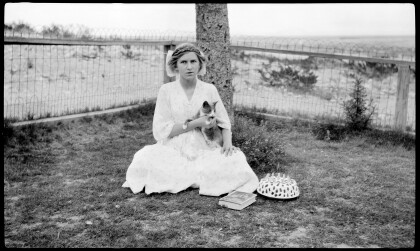
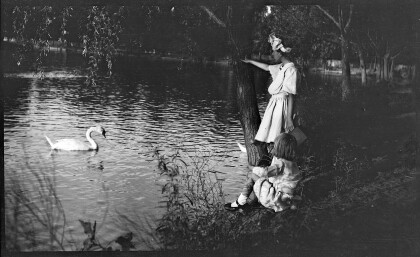
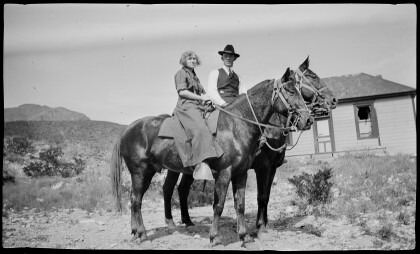
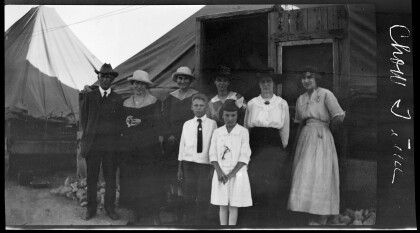
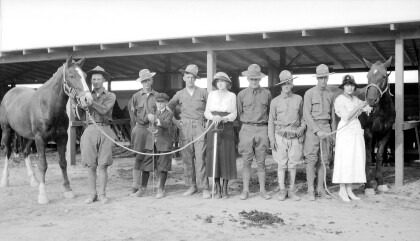
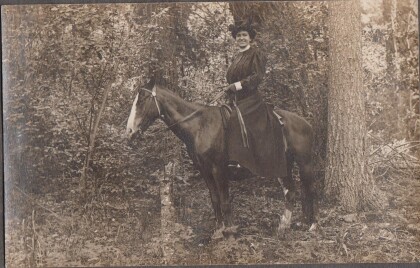
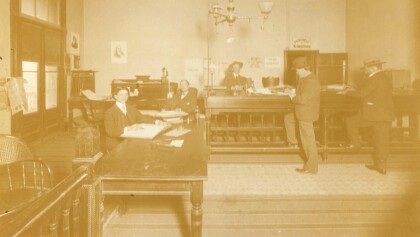
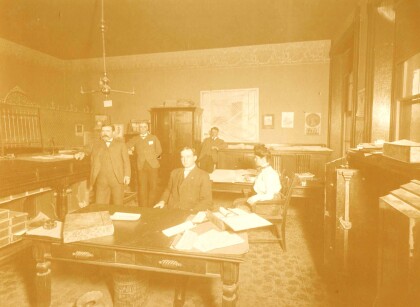
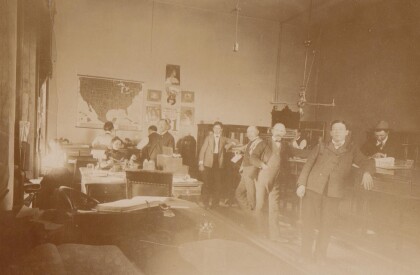
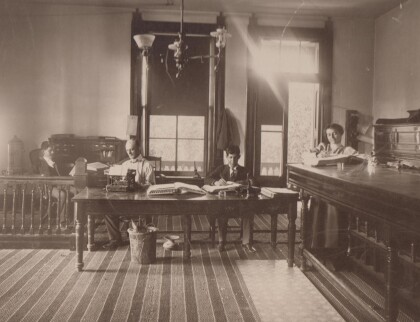
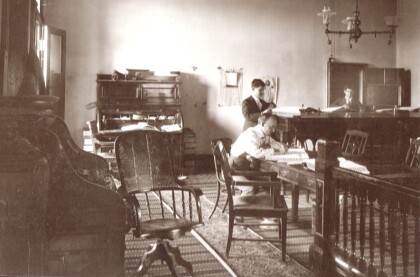
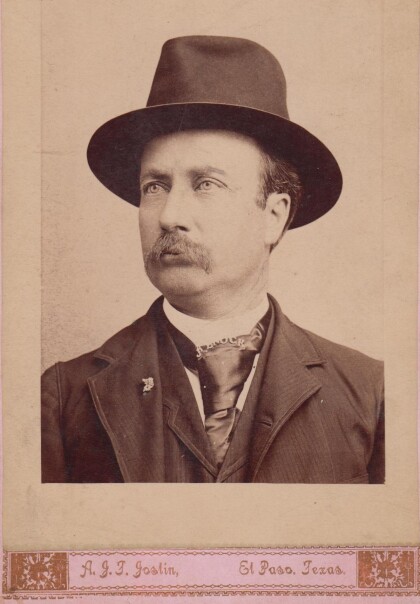
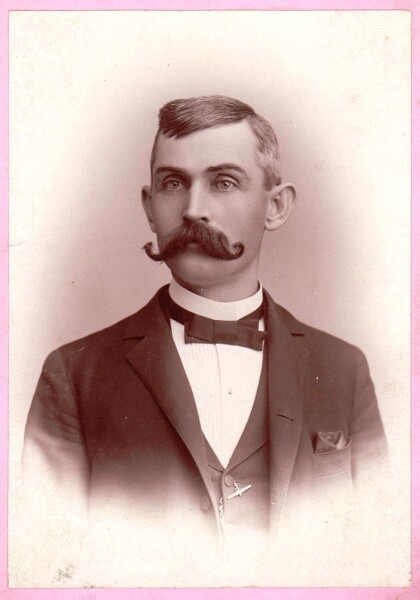
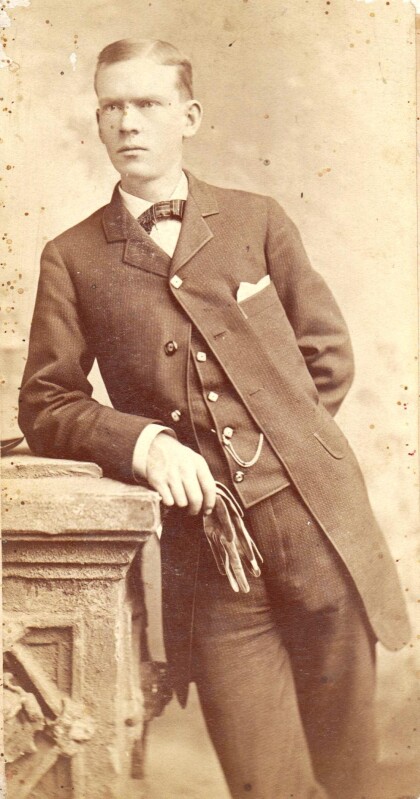
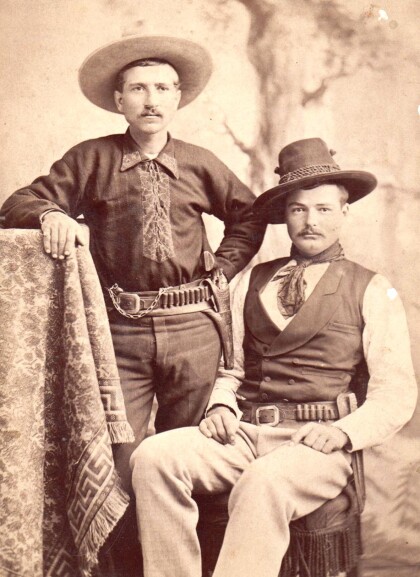
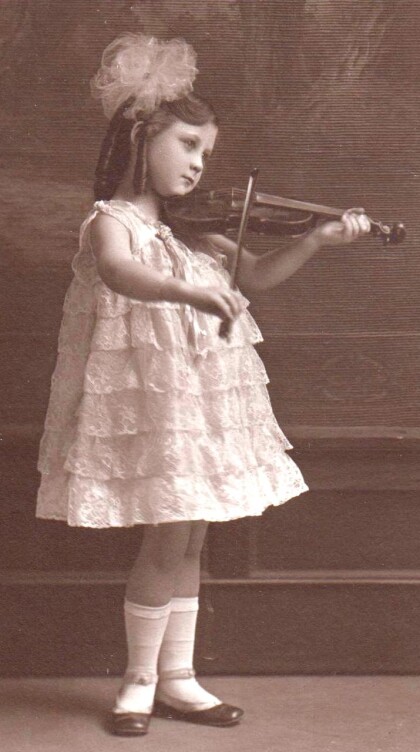
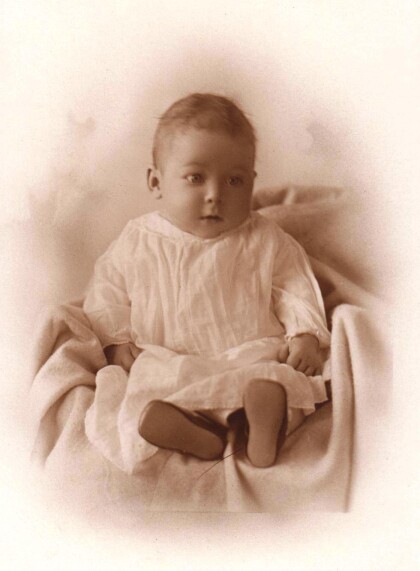
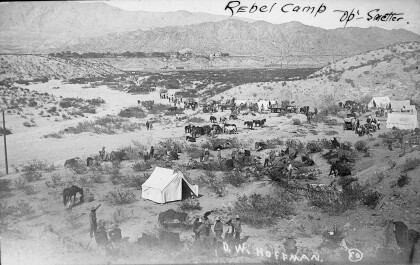
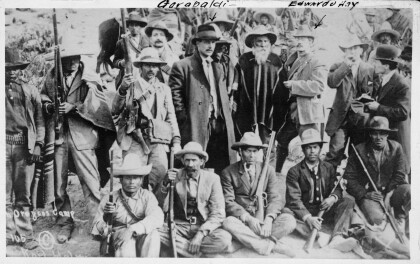
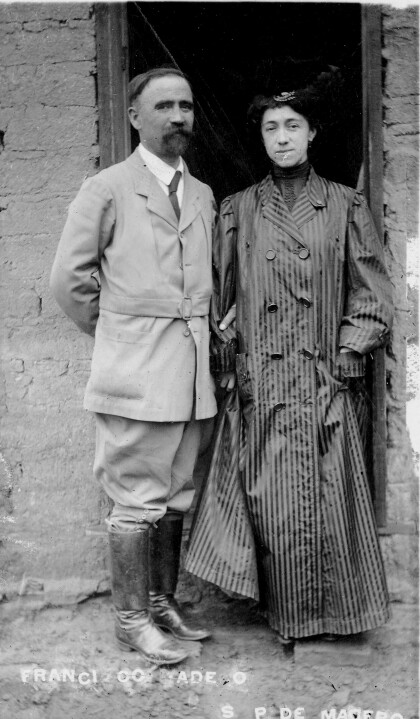

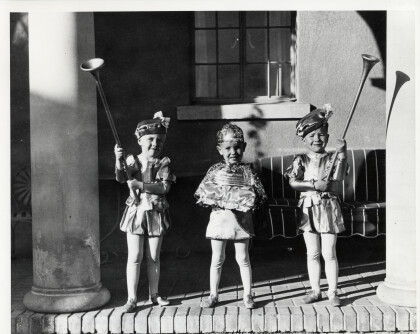
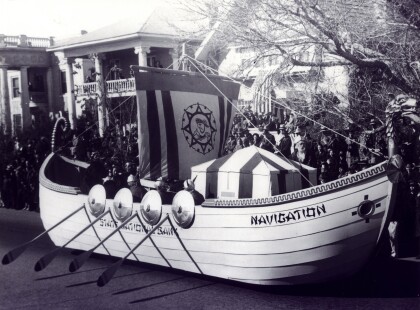
Comments
Add a comment